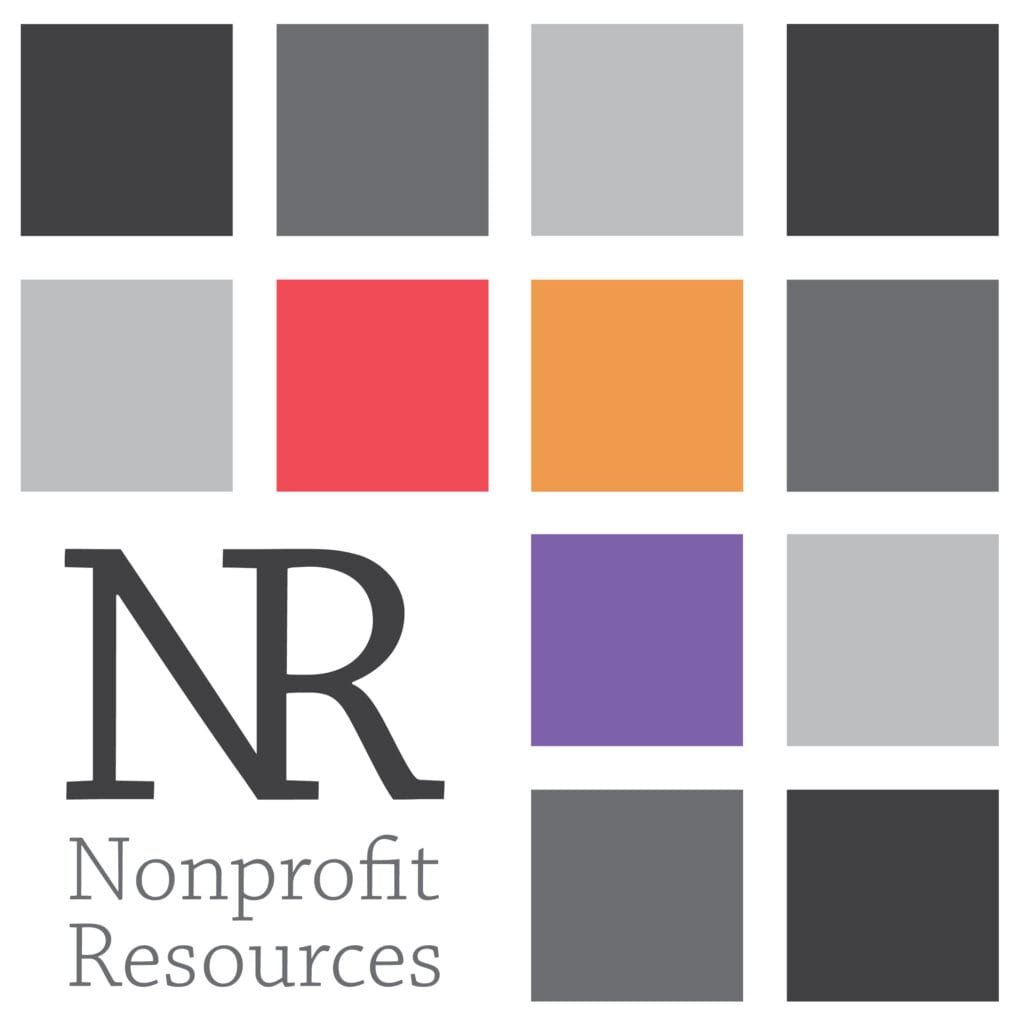The Reputation of Human Resources
 Don’t overlook these common Human Resources issues that can lead to an expensive mistake.
Don’t overlook these common Human Resources issues that can lead to an expensive mistake.
Human Resources (HR) has a bad reputation, and I get it. In the wrong hands, HR can become an illogical, tangled mess of bureaucracy and policies, resulting in the professional equivalent of getting called into the principal’s office. Basic HR functions can appear on the surface as unimportant: employee handbooks can go years (or decades) without being updated; hiring happens through networking or casual interviews; or performance reviews are not prioritized.
If you have wondered about the importance of updated policies, what your performance review and compensation philosophy is, or if you struggle to find your latest handbook, these are warning signs that you need to take action. These mistakes are all avoidable and can cost your association money, time, stress, and reputation.
Here are common mistakes we see and how much it is costing you:
Ignoring or Not Acting Quickly with Employee Issues
Do you have a process in place for managing employee complaints? Do you have mechanisms in place to investigate complaints including independent, siloed processes of reporting when it involves executive leadership or the Human Resources department? Having these processes in place is critical and equally so is the ability to respond quickly to employee issues.
It is easy to overlook or even dismiss complaints because they do not appear to be serious. However, unresolved employee issues will directly impact your workforce engagement and performance.
It’s important that every complaint received is addressed. There is a misconception that the only way to address a problem is through punitive action, but this is not the case! With a structured plan in place, HR will utilize this opportunity to clarify a confusing policy or procedure, lead group coaching, implement new training, or prevent potentially problematic situations from recurring. If the problem continues to escalate, your organization needs to rely on a progressive disciplinary process.
Lack of Documentation
Fact-based documentation and up-to-date employee records are essential to ensure that your association is well-equipped to address workplace claims made against you.
“Equal Employment Opportunity Commission (EEOC) data shows that retaliation continues to be the charge most frequently filed with the agency, followed by disability, race, and sex discrimination. If an employee brings a claim of retaliation against the company, the business will need documentation showing that it was a legitimate business decision in order to rebut the claim” (ORACLE NetSuite).
File maintenance and retention ensures your HR team is equitably tracking performance issues, identifies areas where employees can improve or become more efficient, and provides you with a defense in cases of wrongful termination.
Having a Deficiency of Formal Policies and Procedures
An up-to-date employee handbook with comprehensive policies is the foundation for building an amazing employee culture. Employee handbooks provide an equitable environment for your employees with an understanding that all employees are held to the same expectations.
While not everyone enjoys putting together employee handbooks, this is not a step that can legally be overlooked. Examples include states requiring an additional hour of sexual harassment training for anyone in a management position or states that require 40 hours of sick or mental health leave. It’s imperative that your HR team remains current with federal and state laws and regulations and updates the employee handbooks annually. Consulting with a nonprofit association HR professional can ensure that you are compliant with these requirements.
Trusting Your “Gut Feelings”
Many nonprofit leaders have reached their heights by trusting their gut instincts. While trusting your “fight or flight” reaction is great in some situations, we know that it doesn’t lead to good decision-making in the business world. This is especially true in hiring, where our biases can lead to inequitable hiring practices where casual interview conversations lead to an entire staff that looks and thinks just like you. Aside from leading to worse outcomes, it can expose you to claims of inequitable hiring. Instead, be sure to develop a detailed recruiting process that mitigates biases, provides an equitable experience, and, most importantly, hires the best candidate.
Inadequate Onboarding Processes and Retention Strategies
 According to SHRM, it takes 42 days on average to fill a position. At Nonprofit Resources, our team of HR professionals execute a process that takes 35 days. Searches are expensive in time and talent, and often onboarding is ad hoc or insufficient. Conduct onboarding like you conduct your recruiting plan by being detailed, strategic, and multi-faceted. Onboarding and immersing the new hire into the organization is critical for retention.
According to SHRM, it takes 42 days on average to fill a position. At Nonprofit Resources, our team of HR professionals execute a process that takes 35 days. Searches are expensive in time and talent, and often onboarding is ad hoc or insufficient. Conduct onboarding like you conduct your recruiting plan by being detailed, strategic, and multi-faceted. Onboarding and immersing the new hire into the organization is critical for retention.
According to McKinsey & Company, the average cost of losing a good hire is $29,600. We know that finding high performers is important, but data shows that employee retention is even more important. Job security, financial stability, work/life balance, fair treatment, interpersonal relationships, physical and mental health, being recognized, and achieving goals all drive retention (McKinsey & Company). In addition, identify what your “secret sauce” is – why do people love working for your organization? Understanding what makes your workplace unique and your employees feel valued is critical to retention.
Insufficient Discrimination and Harassment Training
“Sexual harassment charges are among the most expensive and rampant within organizations. According to data, about 10% of these cases reach a court settlement. All cases can be reputationally damaging to the organization” (Virgil HR).
A problem of this magnitude requires training that is clear and customized for your employees and industry. Training should include outlined and actionable steps for reporting harassment, protections offered, your organization’s harassment policy, and potential outcomes.
Comprehensive HR training programs must include training on harassment, sexual harassment, discrimination, workplace bullying, and bystander intervention techniques. It is an integral component of the onboarding process and should be updated on a regular basis.
Final Thoughts
When things get busy, it may be easy to overlook these Human Resources fundamentals. Forgetting to build the infrastructure employees need to thrive exposes your most valuable assets.
The HR team at Nonprofit Resources is ready to meet with you for a free consultation to help you identify the culture that your association needs to thrive and protect you from making costly avoidable mistakes.



0 Comments